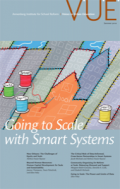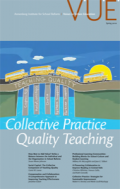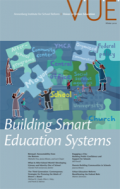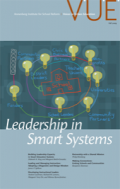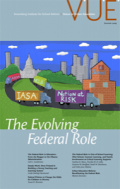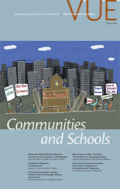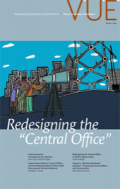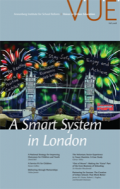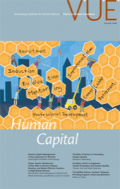VUE issues
Lessons from four cities shed light on what it would take to align a district and outside partners in a citywide system that provides sustainable, high-quality education at scale.
The authors of this issue of VUE argue that prevailing quality measures are too narrow; we must look beyond teaching as an individual act and also examine the collective aspects of teaching quality that require organizational support from schools and districts.
VUE has played a key role in developing the concept of “smart education systems” – high-functioning school districts linked to civic and community partners to provide a comprehensive web of supports for children and families. Through dialogue among divergent viewpoints, a picture has emerged of what this might look like.
A new concept of leadership – one that sees leadership as distributed across a school system and community partners, rather than limited to individual, formal leaders – is better suited to today’s educational context. To develop this approach, leaders – all of them – need a new set of skills.
Federal involvement in education policy and the federal education budget are at record levels, but what the federal role should be and how federal funds should be used is a topic of heated debate.
Community organizing for education reform plays an important role in building the civic capacity to create lasting and effective change that comes from a community, rather than to a community.
The current structure of most school districts is inadequate to support the vital role of ensuring results and equity for all students. District central offices must be redesigned around key functions and practices.
One borough in London, England, is successfully implementing the national policy of partnerships between schools and other agencies to improve a range of health, social, educational, and economic outcomes for children.
Teacher quality is the most important school-related factor in student achievement, yet many school systems have not focused on attracting, preparing, and supporting high-quality educators.
An effective learning environment is safe and welcoming, expects high quality, and provides supports. The environments schools and their partners create can make learning possible — or impede it.
- ‹ previous
- 3 of 5
- next ›

